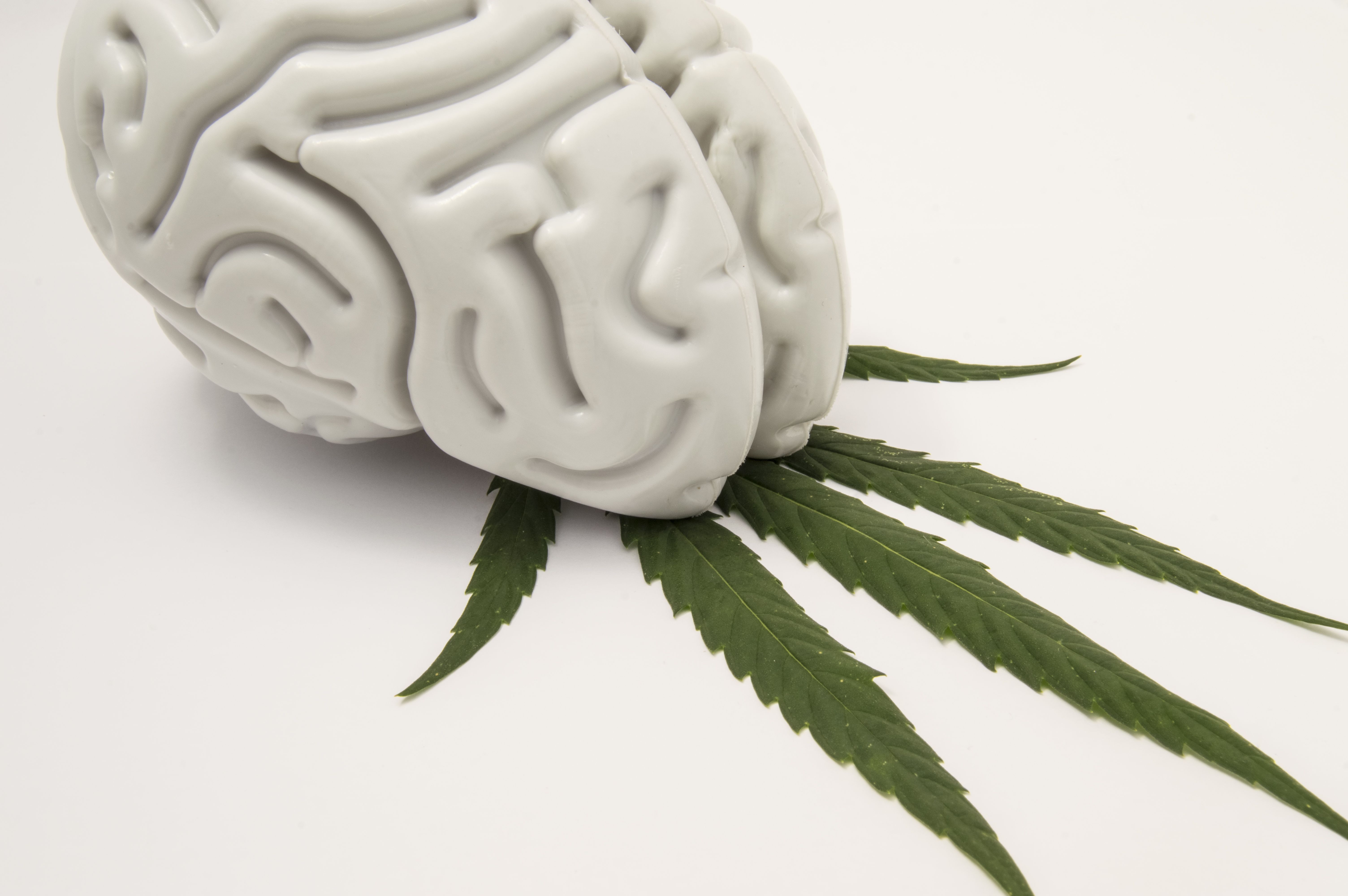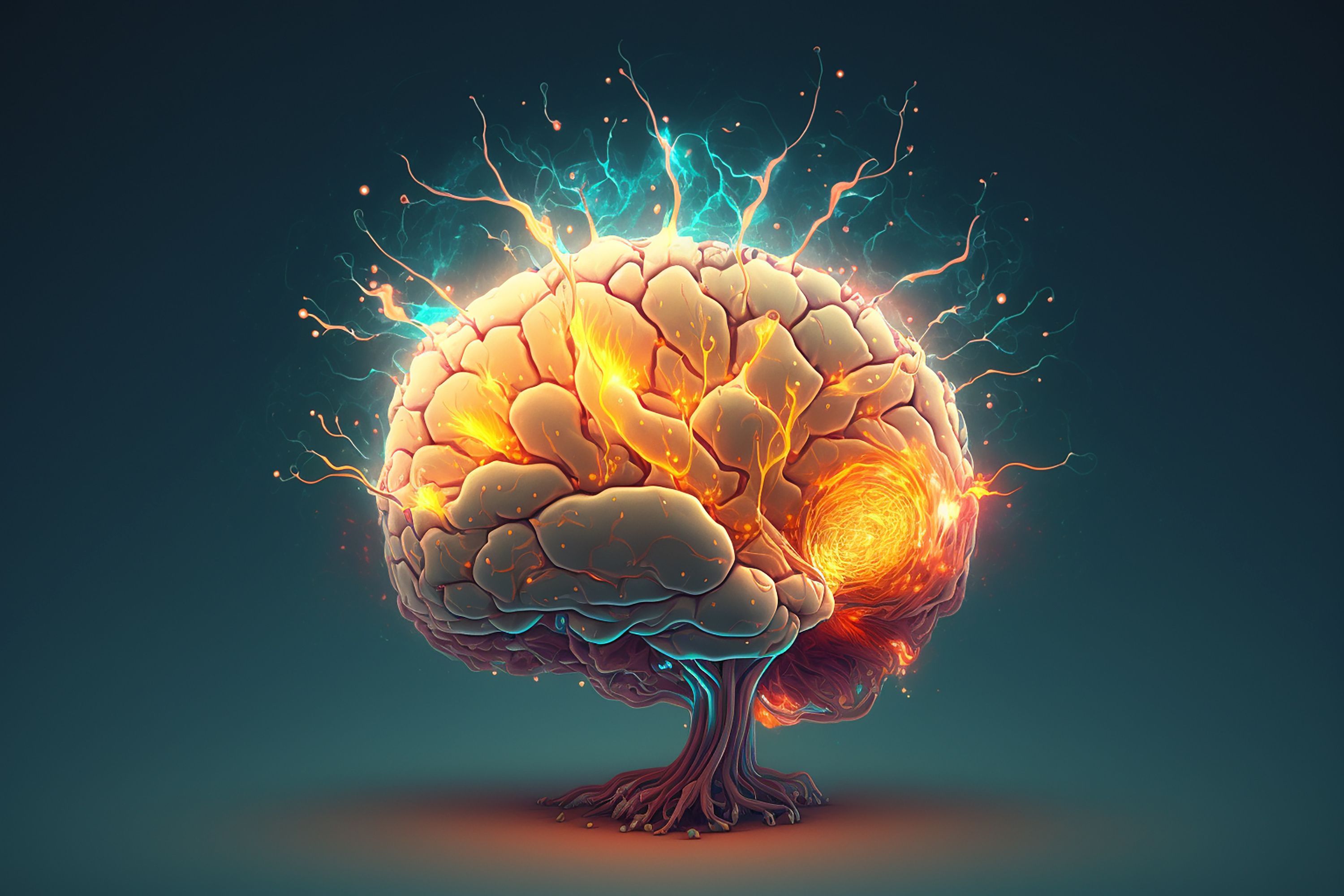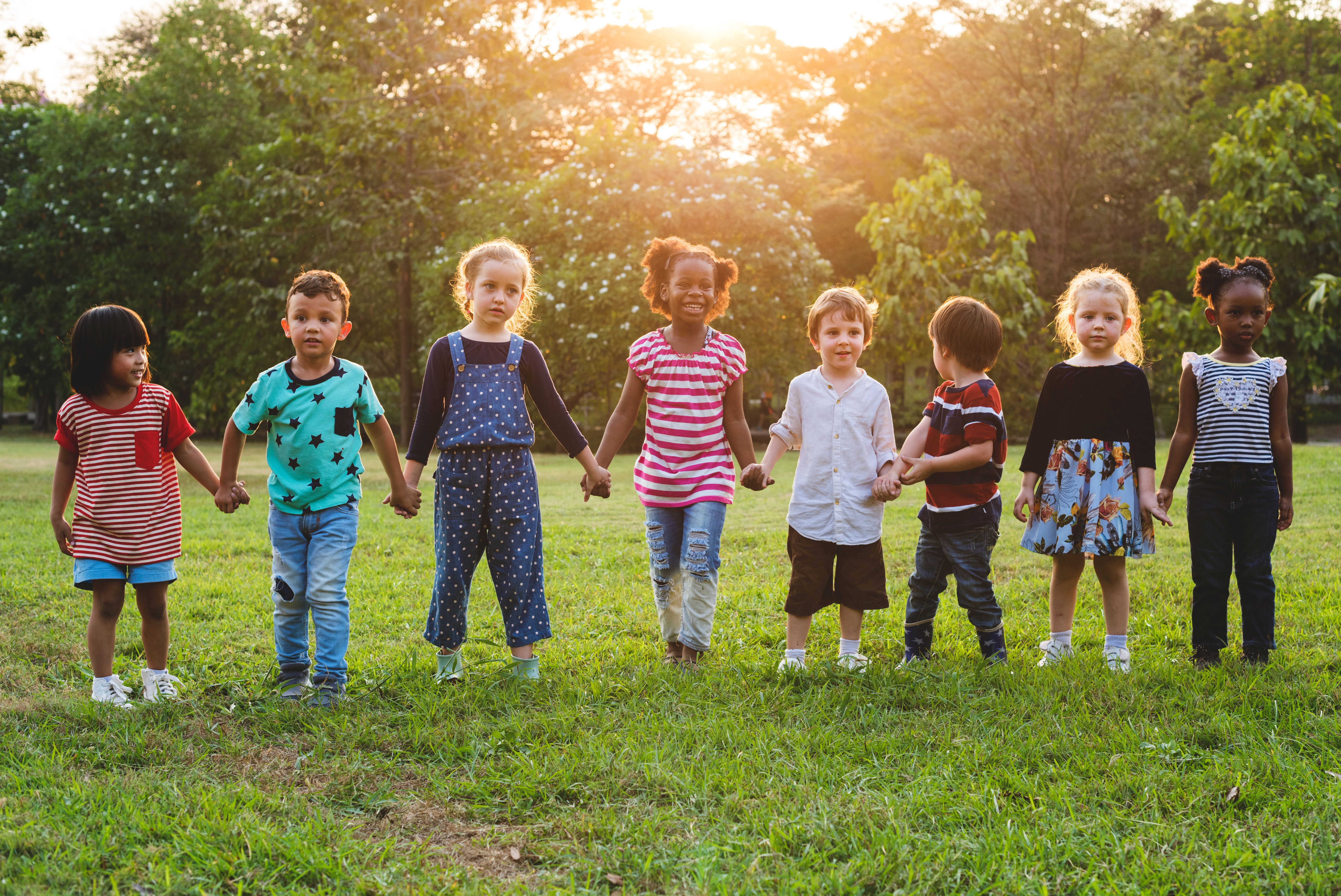News
Article
THC and Adolescents: An Overlooked Issue in Youth Mental Health
Author(s):
Regular THC use in adolescence is not a benign activity—it can have life-changing consequences. Here’s what you need to know.
shidlovski_AdobeStock

Although an epidemic of mental disorders in youth has been widely acknowledged, the role of cannabis has largely been ignored. Opioid and alcohol use disorders have long been recognized as substantial risks to the adolescent population, but the negative effects of cannabis tend to be overlooked.
Although adolescents do not die from cannabis overdoses as they may from opiate overdoses, cannabis presents a significant danger. Tetrahydrocannabinol (THC), the euphoria-inducing cannabinoid in cannabis, is toxic to the adolescent brain, which is not fully developed until the age of 25 years.1
This toxicity is present even with non-disordered use (cannabis use that does not meet the DSM 5-TR criteria for a substance use disorder) and can lead to increased susceptibility to mental illness.2
Despite this evidence, we are seeing an increase in adolescent cannabis use. In 2019, 37% of US high school students reported use of cannabis in the past year, and 22% reported use in the past 30 days.3 Additionally, an increase in cannabis use has been observed in younger youth, with increased use observed in middle school.4
Increased THC Potency
Not only is the frequency of cannabis use increasing, but so is the potency of THC in cannabis. Various preparations account for this increase. Cannabis plants have been bred to enrich THC and to decrease cannabidiol (CBD). Analysis of more than 38,000 cannabis samples seized by the US Drug Enforcement Administration (DEA) between 1995 and 2014 showed an average increase in THC from 4% in 1995 to 12% in 2014. This trend has continued over the past 9 years.5
Concentrated THC oil from buds called “wax” is 50% THC. With the increased use of vaping, adolescents can expose themselves to the very high levels of THC, as the concentration of THC in vaping cartridges can be as high as 80% to 90%. There is a paucity of literature on how high concentration of THC achieved through vaping impacts the developing brains of adolescents.6
Normal Brain Development
A detailed examination of the neurodevelopment of the adolescent brain provides a hypothesis as to how THC can cause significant negative effects. In infancy, neurons are disparate and unconnected but begin connecting and forming synapses at an enormous rate, with 2 million synapses being formed every second up to age 2 years.
At that time, the process of pruning ensues so that half of the hundred trillion synapses formed will disappear. A second period of overproduction of synapses, especially in the prefrontal cortex, occurs at the time of puberty, and pruning continues for the following 10 years.7 In addition, neurogenesis in the dentate gyrus of the hippocampus has a peak value near puberty.8
Pruning allows the brain to remove synapses that are no longer being utilized, providing much-needed space in the limited cranium for increased synaptogenesis to maximize the efficiency of developing brain circuits. During puberty, this surge in synaptogenesis occurs in the prefrontal cortex, which controls attention, impulsivity, emotional regulation, and recognition of possible consequences of one’s actions. This is followed by more pruning until full maturation is achieved at the age of 25 years.
Possible Consequences of THC Use in Adolescence
If something were to hinder the brain from strengthening neuronal connections or to alter their morphology during adolescence, those connections may become disrupted for the rest of that individual’s life. It is well established that THC interferes with the functioning of the endogenous cannabinoid anandamide, a retrograde neurotransmitter that modulates the release of other synaptic chemicals.
The addition of THC to the developing brain may have major detrimental effects on the large-scale changes in neural connections occurring during this time. These developing neuro-networks, which are highly influenced by hormones and the environment, would make the developing adolescent brain vulnerable to THC.
In particular, the prefrontal cortex seems to be susceptible to these changes, which could be the explanation for some of the long-term symptoms associated with chronic cannabis use. One of the most significant of these symptoms involves impairment of cognition including working memory, attention, information processing, judgment, and decision making. A New Zealand prospective study showed that regular cannabis use before the age of 18 years correlated with the loss of 5 to 8 IQ points at 20-year follow-up.9
These results were not confirmed by a subsequent twin study, but they did demonstrate that regular use of cannabis impaired academic functioning and subsequent socioeconomic levels. The investigators hypothesized that common vulnerability factors may make some individuals more prone to both cannabis use and negative outcomes. Impaired cognition, especially with executive function problems and poor school performance, occurs with acute cannabis use. It is unclear whether this returns to a normal level if cannabis use is stopped.10
Clinical experience has shown that some adolescents develop acute psychosis from smoking cannabis, which often recurs if they resume using cannabis again after remission of the first psychotic episode. Follow-up studies have shown that cannabis use increases the risk of the future development of schizophrenia.11 Regular cannabis use in adolescence also increases risk of depression, suicide attempts, anxiety, and gastrointestinal problems.12
Observations in Our Treatment Program
In our adolescent substance abuse intensive outpatient program, during 2020 and 2021, approximately 40% of teens reported that cannabis was their drug of choice. Most of them begin by smoking cannabis once or twice a week, along with drinking some alcohol, and then progressed to vaping highly concentrated THC oils.
When they reached the point of smoking and vaping 3 to 4 times a week, their schoolwork declined and cannabis use became the focus of their lives. In our clinical experience, almost every adolescent acknowledges that cannabis causes short-term memory loss.
Comorbid attention-deficit/hyperactivity disorder (ADHD), anxiety, depression, and suicidal ideation often become more severe in adolescents who use cannabis. Cannabis appears to impair the prefrontal cortex’s ability for them to recognize their impairments. This becomes a major problematic issue in their treatment. It often takes 3 or 4 weeks of THC abstinence before the adolescent acknowledges the negative effects that cannabis has caused.
Many adolescents and young adults with opiate use disorder attempt to use cannabis as a harm reduction means to prevent relapse to opiates. Our experience is that the high from using cannabis increases urges and cravings for opiates and can lead to opiate relapse.13
The Need for Early Intervention
Many adolescents with psychiatric disorders including ADHD, anxiety, depression, and posttraumatic stress disorder (PTSD) will smoke or vape THC in order to feel better with the unfortunate outcome that a significant number of them will become addicted. This presents unique problems for treatment because adolescents will often participate in psychosocial and pharmacological treatments but resist stopping THC use. This in turn leads to negative cognitive and motivational effects that interfere with treatments such as cognitive behavioral therapy (CBT) and dialectical behavior therapy (DBT).
Efforts to decrease or eliminate cannabis use may make a significant difference in treatment response. Educating adolescents as to the negative effects of THC as well as how long it stays in the brain (a single ingestion lasts a week, while regularly ingested THC will last a month) can be helpful. We ask the adolescents to commit to 30 days without cannabis to see for themselves how different and clearheaded they feel.
If possible, family therapy with parents learning to set appropriate limits can help. Recovery groups may give needed support. There is a paucity of pharmacological studies of antidepressants in this population, with efficacy over placebo not developing until week 13 in 1 study. Significantly, in this study, both groups continued to smoke large amounts of cannabis.14
From a psychodynamic viewpoint, adolescence is a time of learning to develop the ego strategies to deal with anxiety, loss, and disappointment. If adolescents use THC to cope with these normal developmental challenges, these basic ego factors may be stunted, and this can contribute to them becoming more narcissistic and less empathic young adults.
Concluding Thoughts
The possible effects of THC on the adolescent brain are often not acknowledged in clinical and research studies. Studies on the marked increase of emotional problems in youth often explore important issues contributing to youth mental health crises such as the influence of psychosocial stressors, social media, bullying, trauma, and the lack of school attendance during the COVID-19 pandemic.
This occurs despite growing literature that supports the fact that heavy THC use during brain development increases the risk of psychotic episodes, and negatively impacts cognition, emotional functioning, and school performance.15
Clinicians need to ask every adolescent, especially those with emotional challenges, about the role that cannabis plays in their life and educate them on the negative impact it may have on their brain development and treatment. Parents, adolescents, teachers, and health care providers need to become aware that regular THC use in adolescence is not a benign activity and can have life-changing consequences. In addition, legislatures and voters need to recognize that THC can be toxic to adolescent brain functioning.
Dr Jaffe is professor emeritus of psychiatry at Emory University School of Medicine; a clinical professor of psychiatry at Morehouse School of Medicine; and clinical director of the Insight Program for Adolescent/Young Adult Substance Abuse Treatment. Dr Lewis is a child and adolescent psychiatry fellow and a PGY 6 in the addiction program at Emory University School of Medicine.
References
1. Hill KP, Gold MS, Nemeroff CB, et al. Risks and benefits of cannabis and cannabinoids in psychiatry. Am J Psychiatry. 2022;179:98-109.
2. Sultan RS, Zhang AW, Olfson M, et al. Nondisordered cannabis use among US adolescents. JAMA Netw Open. 2023;6(5):e2311294.
3. The Health Effects of Cannabis and Cannabinoids: Current State of Evidence and Recommendations for Research. National Academies of Sciences Engineering and Medicine; 2017.
4. Jones CM, Clayton HB, Deputy NP, et al. Prescription opioid misuse and use of alcohol and other substances among high school students—youth risk behavior survey, United States, 2019. MMWR Suppl. 2020;69(1):38-46.
5. ElSohly MA, Mehmedic Z, Foster S, et al. Changes in cannabis potency over the last 2 decades (1995-2014): analysis of current data in the United States. Biol Psychiatry. 2016;79(7):613-619.
6. Surge of teen vaping levels off, but remains high as of early 2020. National Institute on Drug Abuse. News release. December 15, 2020. Accessed December 15, 2023. https://archives.nida.nih.gov/news-events/news-releases/2020/12/study-surge-of-teen-vaping-levels-off-but-remains-high-as-of-early-2020
7. Eagleman D. The Brain: The Story of You. Pantheon Books; 2015.
8. Kumar A, Pareek V, Faiq MA, et al. Adult neurogenesis in humans: a review of basic concepts, history, current research, and clinical implications. Innov Clin Neurosci. 2019;16(5-6):30-37.
9. Meier MH, Caspi A, Ambler A, et al. Persistent cannabis users show neuropsychological decline from childhood to midlife. Proc Natl Acad Sci USA. 2012;109:E2657-E2664.
10. Meier MH, Caspi A, Danese A, et al. Association between adolescent cannabis use and neuropsychological decline: a longitudinal co-twin control study. Addiction. 2018;113:257-265.
11. Arseneault L, et al. Cannabis use in adolescence and risk for adult psychosis: longitudinal prospective study. BMJ. 2002;325:1212-1213.
12. Gobbi G, Atkin T, Zytynski T, et al. Association of cannabis use in adolescence and risk of depression, anxiety, and suicidality in young adulthood: a systematic review and meta-analysis. JAMA Psychiatry. 2019;76(4):426-434.
13. Jaffe SL. Case reports on the failure of smoking marijuana to prevent relapse to use of opiates in adolescence/young adults with opiate use disorder. Emerging Trends in Drugs, Addiction and Health. 2021;1:100011.
14. Riggs PD, Mikulich-Gilbertson SK, Davies RD, et al. A randomized controlled trial of fluoxetine and cognitive behavioral therapy in adolescents with major depression, behavior problems, and substance use disorders. Arch Pediatr Adolesc Med. 2007;161(11):1026-34.
15. Di Forti M, Amoretti S, et al. The contribution of cannabis use to variation in the incidence of psychotic disorder across Europe (EU-GEI): a multicentre case-control study. Lancet Psychiatry. 2019;6:427-436.






